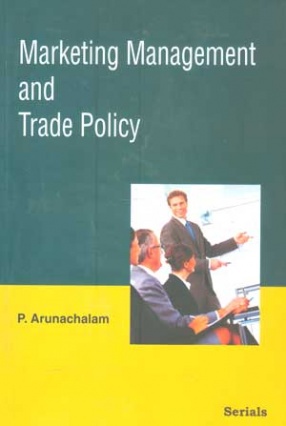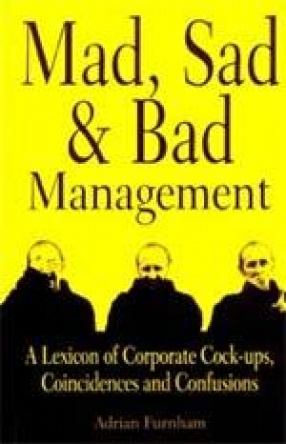All these changes have been very much affected or paralyzed to a large extent due to the recent global economic recession 2008. There are two meltdowns which have created a panic and fear among the entire human beings, if one talked with an environmentalist he would be very much worried about the meltdown of millions of year's old ice in the Arctic and Antarctica regions due to recent emissions of toxic gases and other environmental degradation done by anthropogenic activities. Polar Ice caps hold most of the water available on the planet frozen, but if this water melts then it will be a disaster for everyone, animals and humans alike. Sea level rise due to melting will spell destruction for everyone living in coastal areas worldwide. If temperatures climbed a few degree, as most climate scientists now considered likely, the sea level would climate scientists now considered likely, the sea level would rise simply because water expands when heated. This is almost the only thing about global that can be calculated directly from basic physics. The additional effects of glacier melting are highly uncertain. The rough best guess for the total rise in the 21st century was perhaps half a meter. While such arise will not be a world disaster, by the late 21st century it will bring significant everyday problems, and occasional stormsurge catastrophes, to populous coastal areas from New Orleans to Bangladesh. More likely than not, low-lying areas where tens of millions of people live will be obliterated. Entire island national are risk. Then it will get worse. Even humanity controls greenhouse emissions enough to halt global warming, the heat already in the air will work its way gradually deeper into the oceans, so the tides will continue to creep higher, century after century. So every possible effort must be done and every possible step must be taken to stop global warming and reduce the anthropogenic activities that are effecting our environment.
On the other hand if you talked with social scientists, nowadays, they are very much worried about the ongoing global economic recession started from December 2007. It first started in the wall Street America, then spread to European countries and to emerging economies like Russia, China, India, Brazil and finally ended with all poor countries. On can find different words for the global economic meltdown with same meaning like global financial crisis, American financial crisis, American economic downturn etc. Why the present crisis is of great importance for us? It is the second longest recession world economic history has been after the great depression which took place 65 years before in 1929. The Great Depression lasted for 43 months from 1929 to 1933. But its effected was felt up to 1939.
ABOUT THE AUTHOR P. Arinachalam
P. Arunachalam, is Reader in the Department of applied Economics, Cochin University of Science and Technology ( CUSAT), Kochi-22, Kerala State, India. He was the Head of the Department of applied Economics, Cochin University of Science and Technology during the period April 2004-April 2007. He has Nineteen years of Teaching and Research Experience. He took his PG Degree from Loyola College, Madras, a world-renowned college in Southern India, affiliated to Madras University and M.Phil and Ph. D Degrees from Cochin University of Science and Technology, Kochi, Kerala State. Pondicherry University, a Central University, Awarded him Doctoral Fellpwship in the year 1988. He joined as a Lecturer in the year 1989 and become Reader in the year 1997. He was awarded Post Doctoral Training Fellowship by the NUFFIC ( Netherlands Council for Co-Operation in Higher Education, Government of Netherlands) for six Times under SEPTRAMHO-Programme between the Department of Applied Economics, Cochin University of Sciences and Technology and the Development Research Institute (IVO), Tilburg University, the Netherlands during the period 1999 to 2004, Part of his Research Training Programme, he visited France Germany, Italy, Belgium, Spain, England , Switzerland, Srilanka and most of the Gulf countries. He is specialized in Quantitative Techniques and international Economics. He is teaching Business statistics at Master of Business Economics (M.B.E) level and Quantity Techniques at M. Phil level. He was a member of the Academic Council, CUSAT from April 2004 to April 2007, He is a visiting Faculty Member of many Universities in South India. He is a Member of Several Academic and Professional Bodies at National and International Levels. He has done a Minor Project on “India’s Spices Exports to the Netherlands” under UGC Un-Assigned grant and jointly done a major project on “ Global Based Commodity Chain: with Special Reference to Cardamom” funded by NUFFIC through Development Research Institute, Tilburg University, the Netherlands, with Dr, wim Pelupessey, Senior Economist, IVO, Tilburg University, the Netherlands. He did his Ph.D work on” India’s Engineering Goods Exports: Growth, Concentration and Diversification. He has to his credit 50 research articles, 35 Research Articles in various reputed journals and magazines and 15 research articles to 15 textbooks published Participated as a resource person, Chairperson and also presented research papers in more than 70 National and International Conferences, Workshops, Symposiums and Seminars. He has produced 3 Ph.Ds and several more students are doing Ph.D under his supervision. Now he is carring out a major research work on “ Special Economics Zones in India and China”, He had been selected for the professor post in the Department of Economics, Bharathiyar University, Coimbatore. He has written a book on “ Special Economic Zones in India: Principles, Problems and Prospects” He is a member as partner in Rajaran; Digital identity Management, City University, London, United Kingdom. This book marks dr. Arunachalam’s second venture in his area of specialization.





There are no reviews yet.